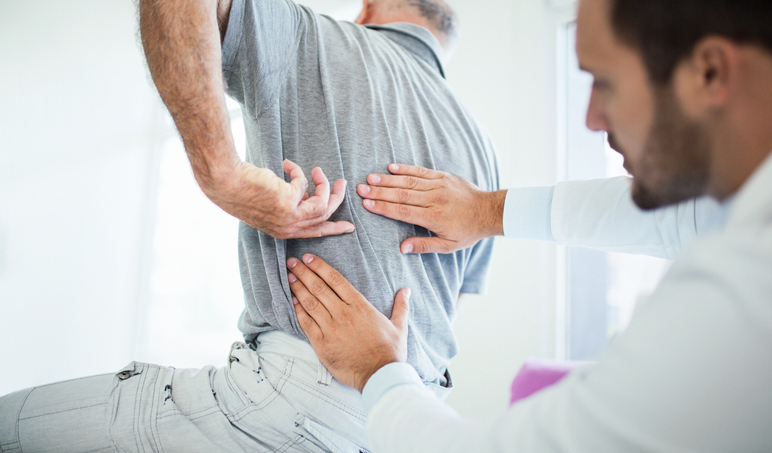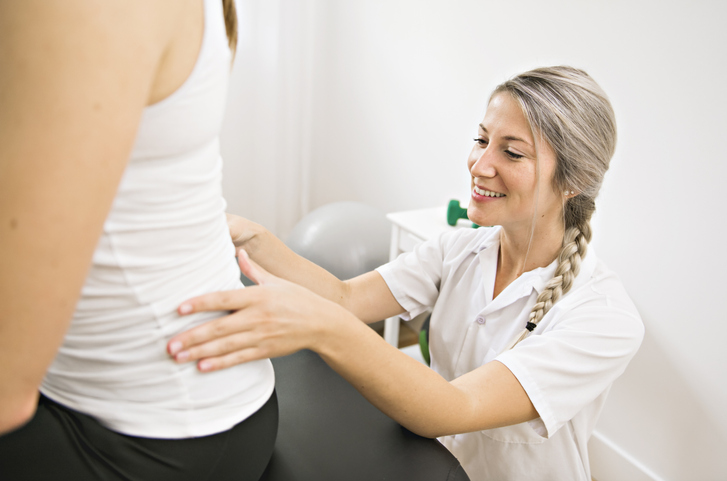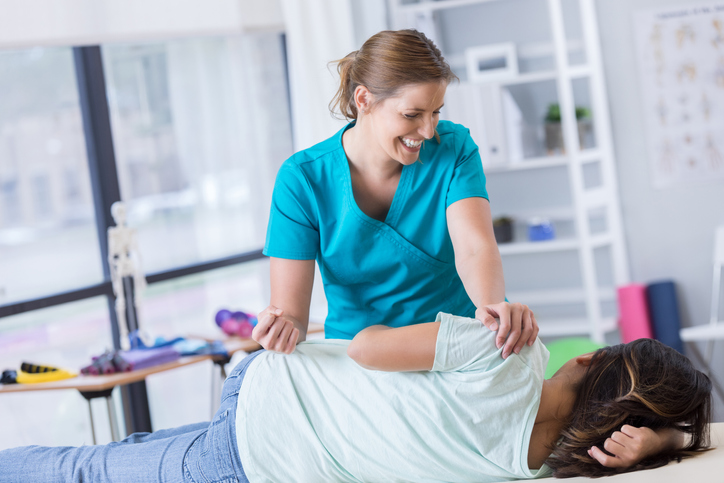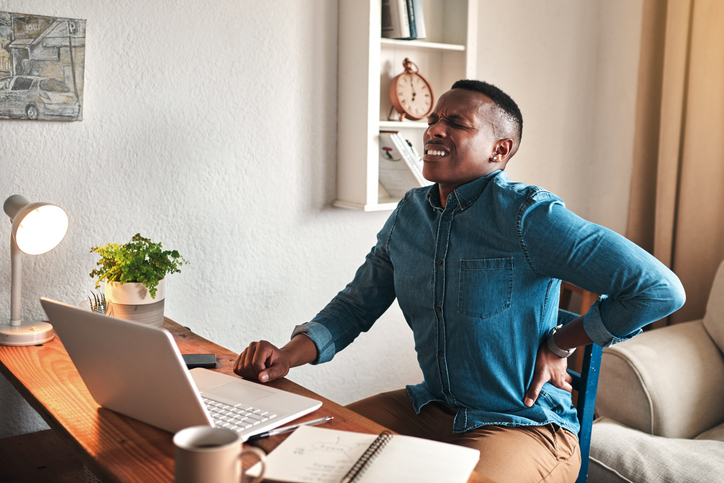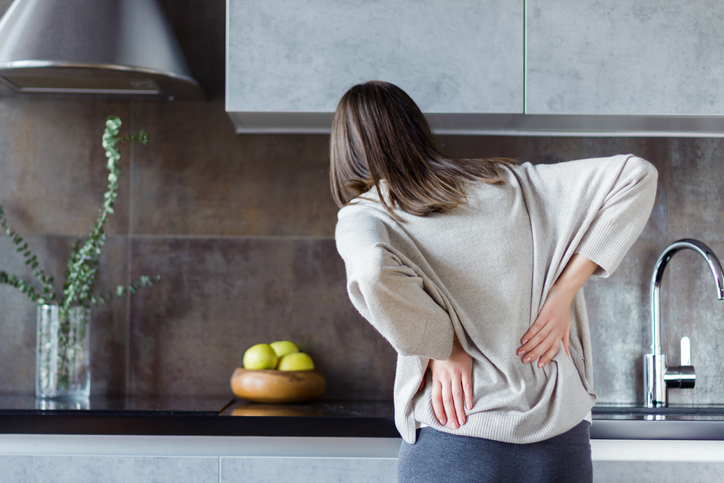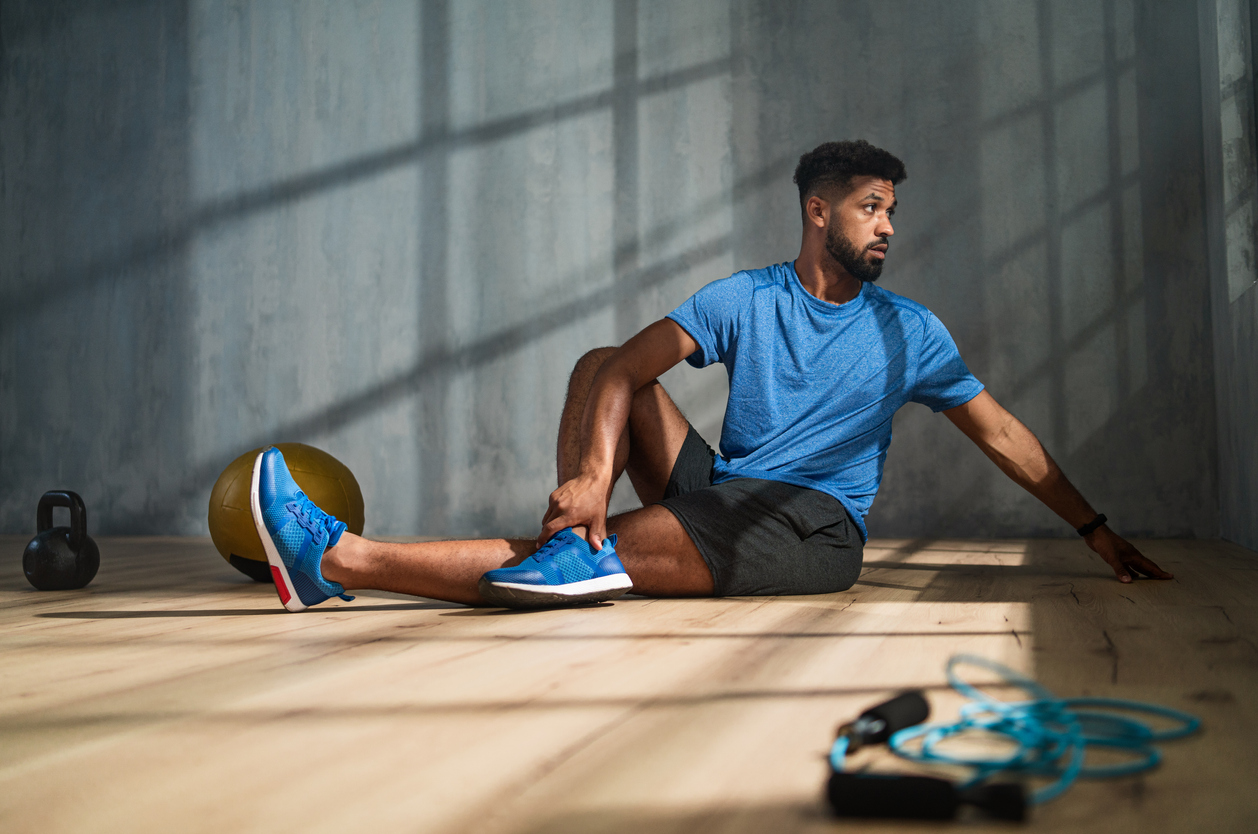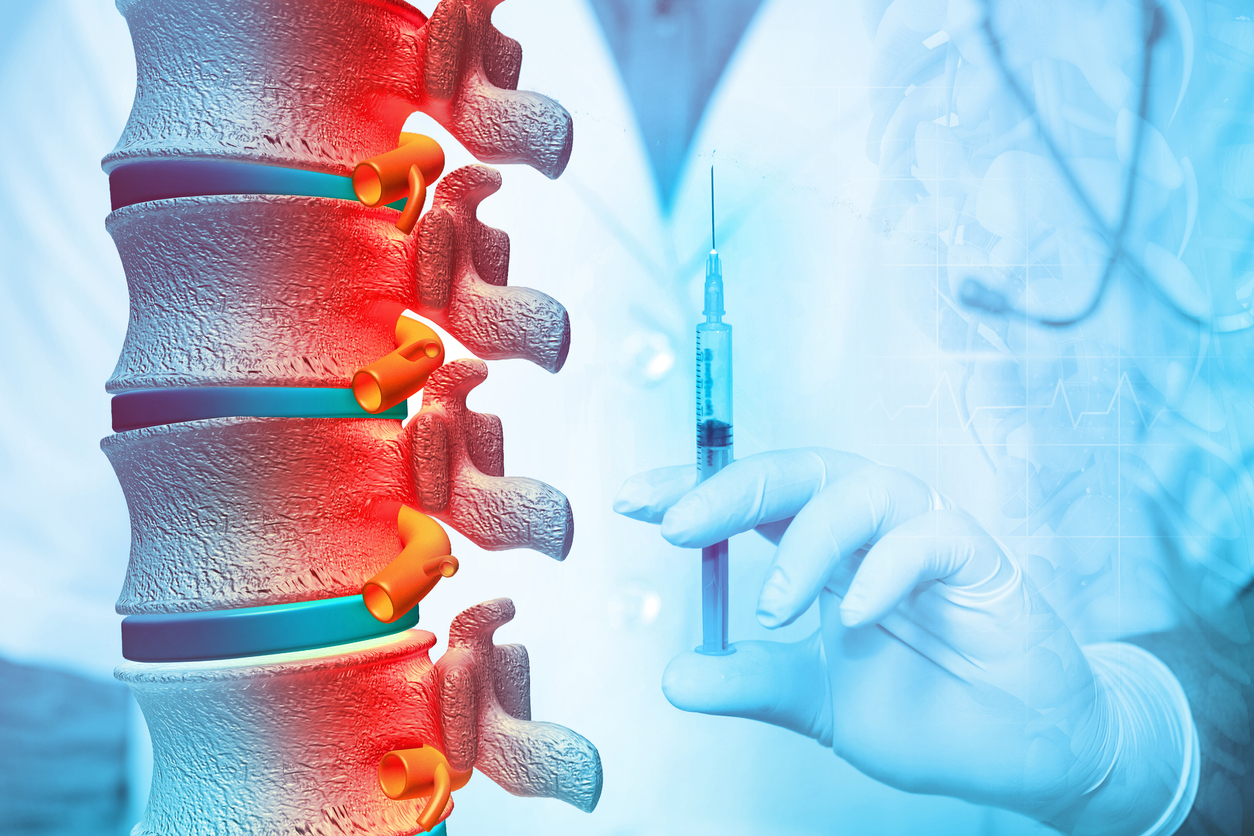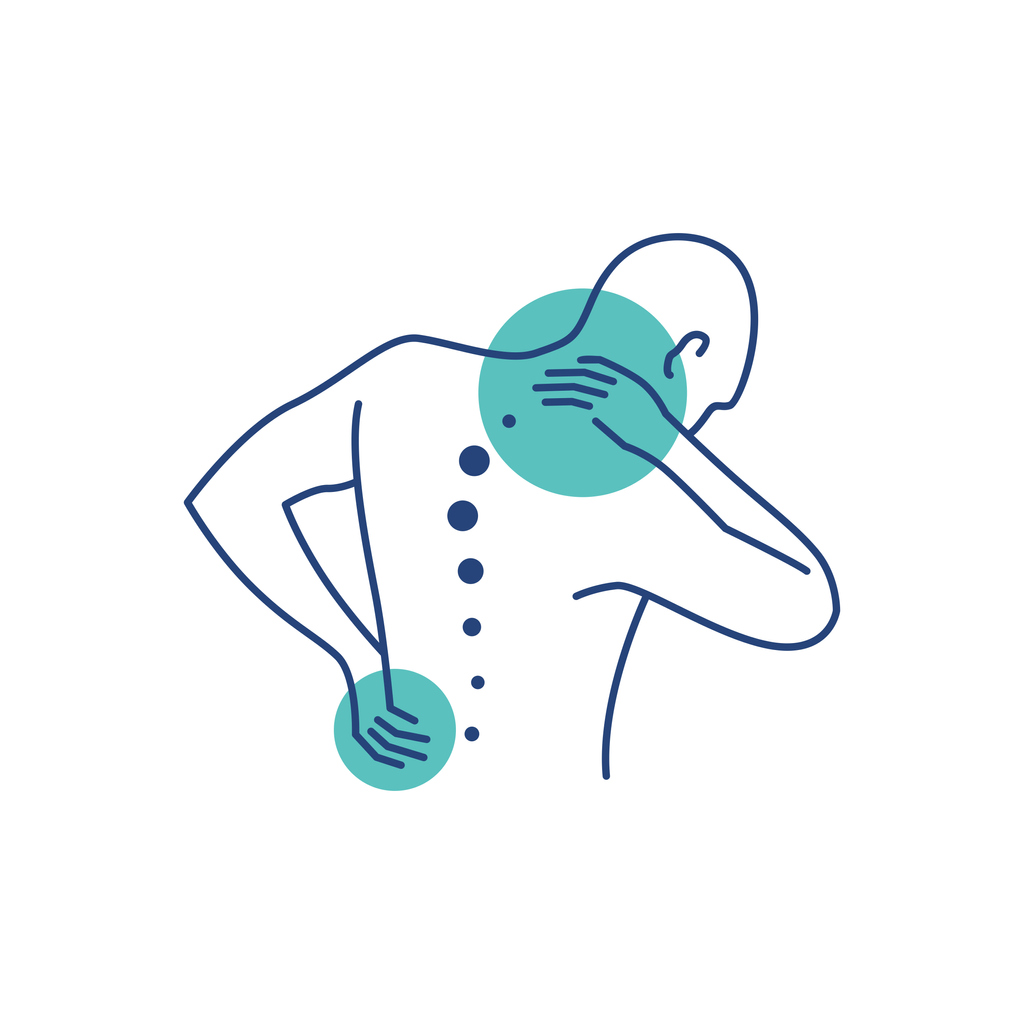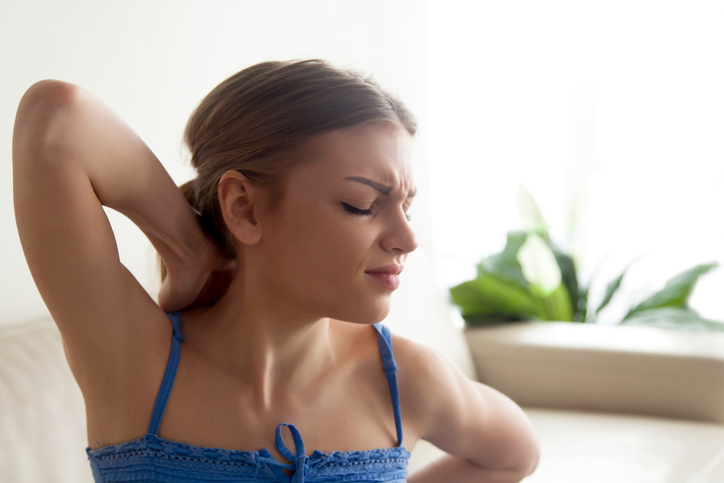Pain
Remedies for Low Back Pain

About the lower back
The lower back, or lumbar spine, is composed of bones, joints, ligaments, nerves and muscles that work together to support the weight of the upper body. The lower back region provides support for the spinal column and allows the body to bend, twist, and rotate the hips. Nerves in the lower back also connect to the pelvis, legs and feet.
Unfortunately, the lower back is susceptible to pain and injury. An estimated 80% of Americans will experience lower back pain at some point in their lives. It is the most common cause of job-related disability claims and one of the most common reasons for doctor visits.
Causes
Chronic lower back pain typically involves a joint problem, irritated nerve, or disc issue. Causes of lower back pain include, but are not limited to, the following:
- Trauma or injury
- Lumbar herniated disc
- Degenerative disc disease
- Spinal stenosis
- Sciatica
- Facet joint dysfunction
- Sacroiliac joint dysfunction
- Spondylolisthesis
- Osteoarthritis
- Spondylitis
- Spondylolysis
Remedies for low back pain
Lower back pain can interfere with quality of life. However, there are several remedies that can ease lower back pain. They include, but are not limited to, the following:
- Temperature therapy involves the use of heat or cold to reduce pain. Heat therapy relaxes stiff joints and muscles; whereas, cold therapy numbs acute pain and reduces inflammation. Switching between heat and cold therapy can help reduce certain types of pain.
- Bed rest that is required should be limited to as short of a period as possible (per a doctor’s instructions). Research shows that extended bed rest can be ineffective at best and may even worsen back pain or cause other health issues. Correct placement of pillows can help reduce strain on the back. If lying on the side of the body, pillows can be placed under the head and between the knees. If lying on the back, a pillow can be placed under the knees. If lying on the stomach, a pillow can be placed under the hips.
- Physical activity plays an essential role in the treatment and prevention of back pain. Being physically active positively impacts the back and body in several ways. Strong core muscles in the abdomen and back improve posture and support the spine, reducing pressure on the discs and joints. It also increases flexibility and reduces stiffness, which improves mobility.
- Nonsteroidal anti-inflammatory drugs (NSAIDs) help reduce inflammation and pain. Ibuprofen and naproxen can be purchased over-the-counter; however, a higher strength can be prescribed. Topical NSAIDs are also beneficial. Caution should be implemented, as long-term use can lead to ulcers, stomach bleeding, liver damage, and increased risk of heart attack.
- Complementary therapy can help reduce lower back pain. Acupuncture stimulates nerves, muscles and connective tissue in order to promote healing. Spinal manipulation involves a therapeutic movement of the spine from a sudden thrust to reduce pain and restore function. Massage therapy reduces muscle tension, stress, and pain. Yoga can relax, energize and strengthen the body. It also improves flexibility, teaches proper posture, and helps with producing and maintaining a healthy spine.



